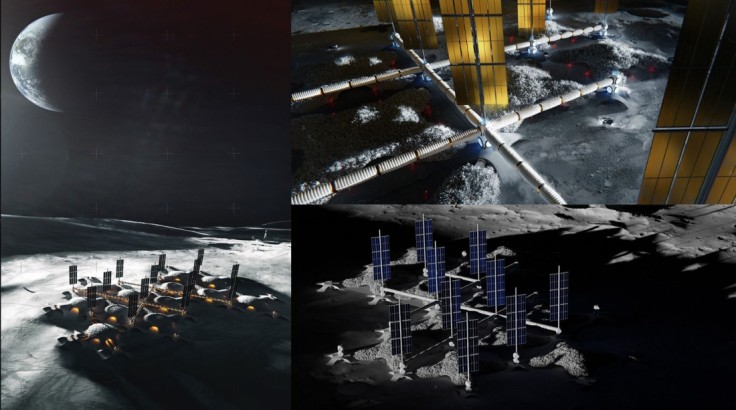Space agencies have been looking for and developing ways for humans to be able to create a base on the lunar surface. Hassell Studio has created what it calls a Lunar Master Plan that can help with the establishment of a permanent settlement on the moon.

Lunar Master Plan
In collaboration with the European Space Agency (ESA) and Cranford University, Hassell Studio has developed a way to create settlements on the lunar surface more sustainably. Experts have contributed to making it a reality, including anthropologists, psychologists, roboticists, and astronauts.
What makes the Lunar Master Plan sustainable is that the materials can be gathered on the moon itself, which means that components won't need to be transported from Earth as it can get really expensive when building large structures.
The lunar soil will be used to 3D print on-site. With the printed modular components, it can act as a protective outer layer for the buildings. The shape would be hexagonal, which plays an important part in making it easy to assemble.
The components will be hexagon-shaped and can be put together like one would with building blocks. They would interlock with each other to such a point where the inside would be protected from the "lethal levels" of radiation on the moon.
Hassell Studio's Head of Innovation, Xavier De Kestelier stated: "We cannot possibly predict now how a lunar community will evolve. We therefore designed a masterplan that is adaptable to change and can accommodate various types of lunar settlements in the future."
Once built, the structures will be used for all recreational, social, and active spaces such as restaurants, greenhouses, earth-based environments, and even sports arenas, bringing it closer to something that you might find on Earth.
It will also contribute to the advancement of scientific and technological research. While it is developed for the ESA's Discovery programme, it would also be used for the work of other space agencies like NASA and JAXA.
Building a Base on the Moon
NASA already has plans in place when comes to building moon bases as well. In fact, they intend to build more than one base for future Artemis lunar missions. We might see the space agency begin executing its plans by 2025.
NASA's Associate Administrator for Exploration Systems Development, Jim Free said that the several base camps may be needed since they might wait a month to go back to a single base if they miss a launch window, as reported by Space.
By building several bases, NASA will also be able to maximize both research and exploration. NASA will build its primary moon base the the lunar south pole at Shackleton Crater, as it is suspected to have water ice in shadowed regions.
Like the Lunar Master Plan of Hassell Studio, the camp will also account for factors like radiation shielding, along with power infrastructure, facilities for waste disposal, and a landing pad for crews that decide to visit the base.









